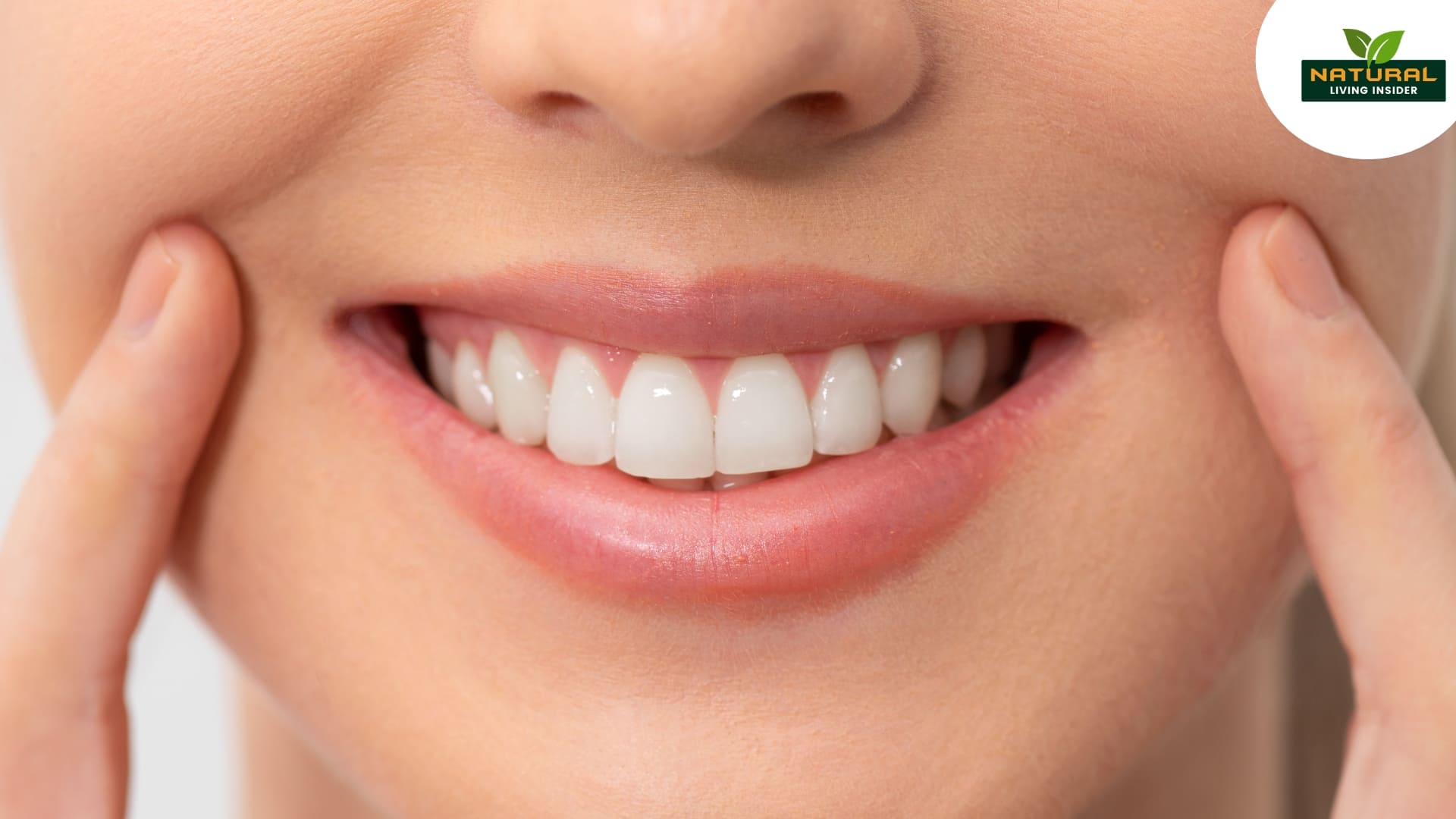
Discover how diet affects teeth whitening naturally. Learn which foods brighten your smile, which ones stain, and how nutrition supports long-term oral health. When we think about teeth whitening, we often jump straight to toothpaste commercials, bleaching kits, and dental treatments. But what if one of the most powerful tools for a whiter smile is actually on your plate? The connection between diet and oral health is undeniable, and emerging research shows that the foods we eat play a significant role in how white and bright our teeth appear.
Table of Contents
The Natural Whitening Power of Food
Certain foods contain natural cleansing agents that help remove surface stains from your teeth. These foods don't replace brushing or professional cleanings, but they can enhance your smile by supporting overall oral health.
-
Crunchy Fruits and Vegetables
Think apples, carrots, celery, and cucumbers. These crunchy foods act like natural toothbrushes. As you chew, their fibrous texture scrubs away plaque and stains. Additionally, chewing boosts saliva production, which helps rinse the mouth and neutralize acids that cause enamel erosion.
-
Strawberries and Pineapples
Surprisingly, these sweet fruits can benefit your smile. Strawberries contain malic acid, a natural enamel whitener. Pineapples have an enzyme called bromelain, which may help break down plaque and prevent discoloration.
-
Dairy Products
Milk, cheese, and yogurt are rich in calcium and phosphorus—minerals that strengthen enamel. Hard cheeses, in particular, help scrub teeth surfaces while stimulating saliva production, creating a natural defense against staining.
Foods That Stain Teeth
While some foods brighten your teeth, others are notorious for dulling your shine.
-
Coffee and Tea
Both are high in tannins, which can lead to stubborn stains. While tea—especially green tea—has health benefits, its pigment can cling to enamel over time.
-
Red Wine
Red wine is another common culprit. Its deep color, acidity, and tannins make it a triple threat when it comes to staining teeth.
-
Dark Berries and Sauces
Blueberries, blackberries, and sauces like soy sauce or balsamic vinegar can leave pigment on your teeth, especially if consumed frequently without rinsing or brushing afterward.
-
Soda and Sugary Drinks
These drinks are highly acidic and full of sugar, which can erode enamel and create a rough surface where stains cling more easily. Even light-colored sodas can be harmful due to their acidic content.
The Role of Teeth Whitening Toothpaste
While diet plays a major role in maintaining a white smile, teeth whitening toothpaste remains a popular and convenient addition to daily oral care routines.
How It Works
Whitening toothpastes don’t usually bleach teeth. Instead, they contain mild abrasives and special polishing agents that help remove surface stains caused by coffee, wine, tobacco, and certain foods. Some also include low levels of hydrogen peroxide or carbamide peroxide to gently lighten discoloration over time.
Benefits
- Daily stain removal without the need for professional whitening
- Maintains results after a whitening treatment
- Improves freshness and reduces plaque buildup
Things to Keep in Mind
- Whitening toothpastes are not instant solutions; they take consistent use to show visible results.
- Overuse of highly abrasive formulas may wear down enamel over time, so it’s important to choose gentle, enamel-safe options.
- For deep or intrinsic stains, toothpaste alone might not be enough—a consultation with your dentist can help you choose the best whitening method.
Ultimately, whitening toothpaste works best in combination with a healthy diet and proper brushing technique.
Tips to Maintain a Diet That Supports Teeth Whitening
You don’t need to eliminate all stain-causing foods—just enjoy them in moderation and practice good oral hygiene. Here are some dietary tips for a naturally whiter smile:
- Use a straw: For staining drinks like coffee, tea, or soda, a straw helps minimize contact with your teeth.
- Rinse your mouth: After consuming stain-prone foods, rinse your mouth with water or chew sugar-free gum to stimulate saliva.
- Pair wisely: Eat cheese or milk with acidic fruits to help balance pH levels and protect enamel.
- Stay hydrated: Water washes away food particles and staining pigments, keeping your teeth cleaner between brushes.
Nutrition for Healthy, White Teeth
Whitening isn’t just about avoiding stains—healthy enamel is naturally whiter. Here are some nutrients that help protect and brighten your smile:
- Calcium & Phosphorus: Strengthen and remineralize enamel (found in dairy, leafy greens, almonds).
- Vitamin C: Supports healthy gums and prevents inflammation (found in citrus fruits, bell peppers, broccoli).
- Vitamin D: Helps your body absorb calcium and boosts immune function (found in fatty fish, eggs, fortified foods).
- Antioxidants: Fight bacteria and inflammation (found in berries, green tea, and nuts).
A Balanced Diet + Smart Care = A Brighter Smile
The link between nutrition and oral health goes beyond cavities and gum disease. A well-balanced diet can naturally enhance your smile, helping you maintain strong, healthy, and visually brighter teeth. Combine this with smart brushing habits, regular dental checkups, and the right toothpaste, and you’ve got a complete strategy for a stunning smile—naturally and safely.
Final Thought
A radiant smile starts from the inside out. Choosing the right foods that help whiten teeth naturally and oral care products for white teeth can not only keep your teeth healthy and white but also preserve their natural brightness. So next time you think about whitening your teeth, take a look at what to eat for a radiant smile—and what’s the best toothpaste for brighter teeth. Both play a powerful role in shaping your smile naturally.



